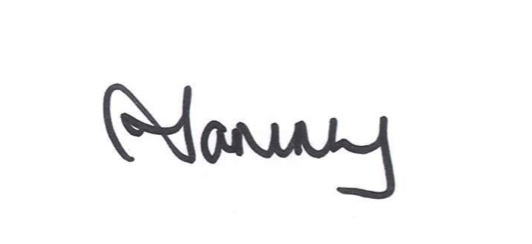The elements of a high performing team
What are the elements of a high performing team? And how do you get there if you have a team which is not performing well? These are questions that get asked often as people struggle with how to maximise productivity and cohesion of a team (old or new)!
A model for high performing teams
The model above shows one way to look at the optimal requirements for a high performing team. That is, that the team has the following:
- Clear link to the business goals, strategy and vision;
- Clarity as to their core purpose;
- The right people are in the right jobs at the right time;
- Clarity around roles and responsibilities;
- An ongoing continuous improvement process and review that reflects the changing dynamics of the business;
- An effective team leader;
- Positive team dynamics;
- Individual team members are effective (possess the right skills, experience and behaviours) and able to operate within the team (ie that there is no outside influences affecting their performance); and
- Structures, systems and processes within the organization support the team operating efficiently.
What’s behind the model?
The intent of this “model” is to illustrate the foundational elements that are present in high performing teams.
Practically speaking, this means that high performing teams constantly review how the team is operating – as new team members are introduced and business goals change.
It means the team checks how they’re doing against the model and whether any changes need to be made.
This is an ongoing process that evolves as the team evolves, not a one off intervention.
How does the model work?
The success of any high performing team approach is to understand the business needs, culture and specific team dynamics; to understand what is working well at present; and then identify which solutions might be appropriate, and in what order.
It is also important to understand that high performing team work (indeed, any work on culture or change) is rarely a one off “intervention” from the outside– but rather, the result of clarity on the end goal and a consistent and well thought out path to achieve that goal.
Want more resources and reading? You can read more on building a high performing team and managing conflict on my Do What You Say You’ll Do website – the website supports the book of the same name and has a wealth of resources and reading.
Want more? Get in touch for a coffee and a chat about your teams and organisational culture.
Until next week, happy leading,



